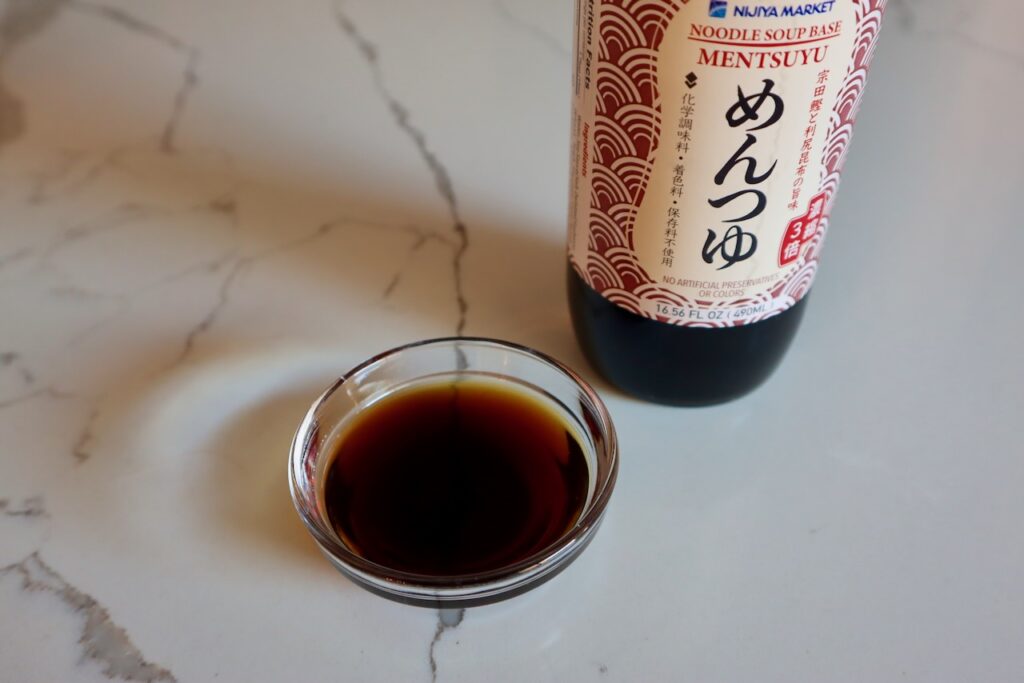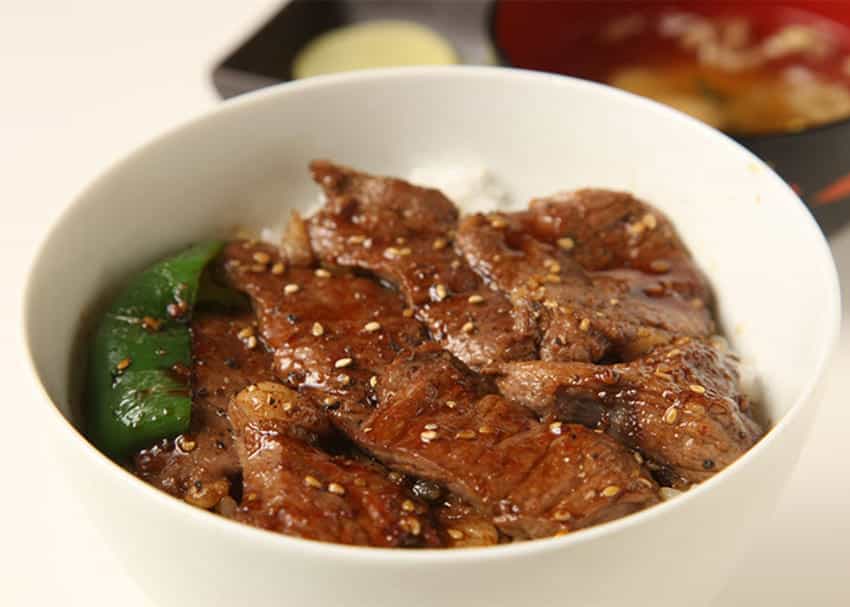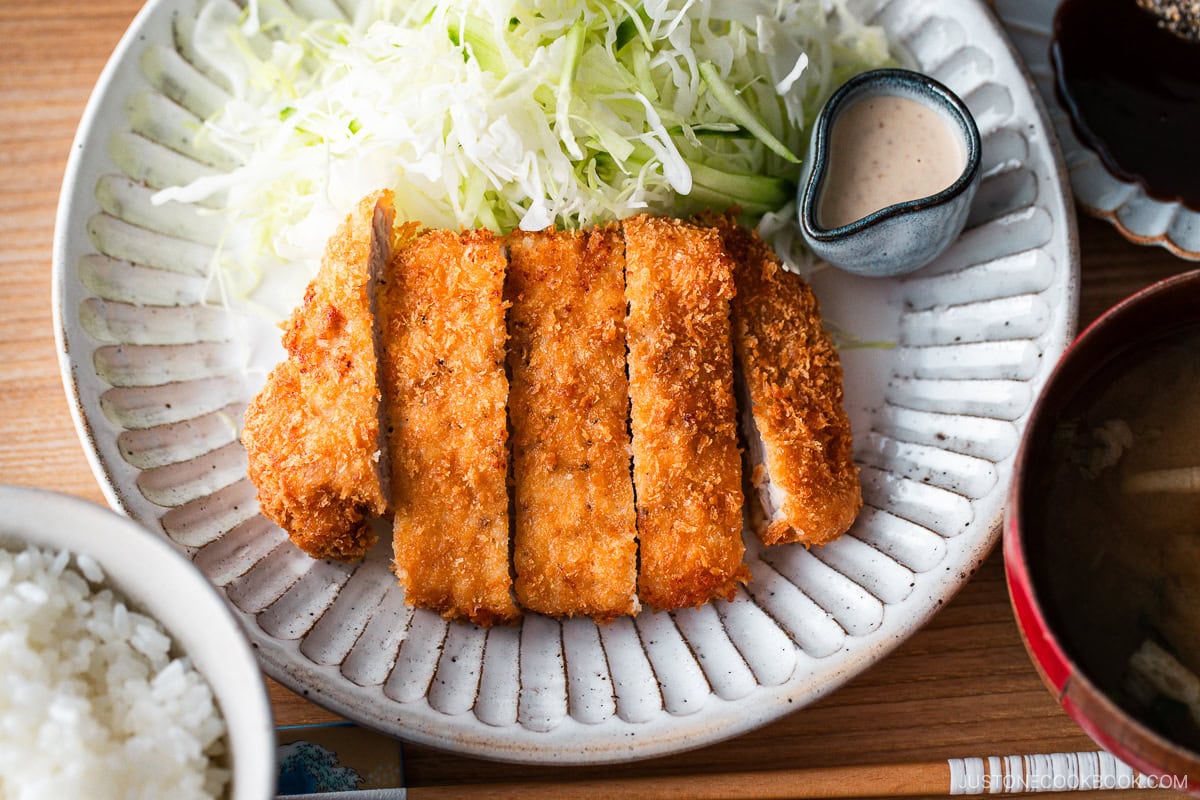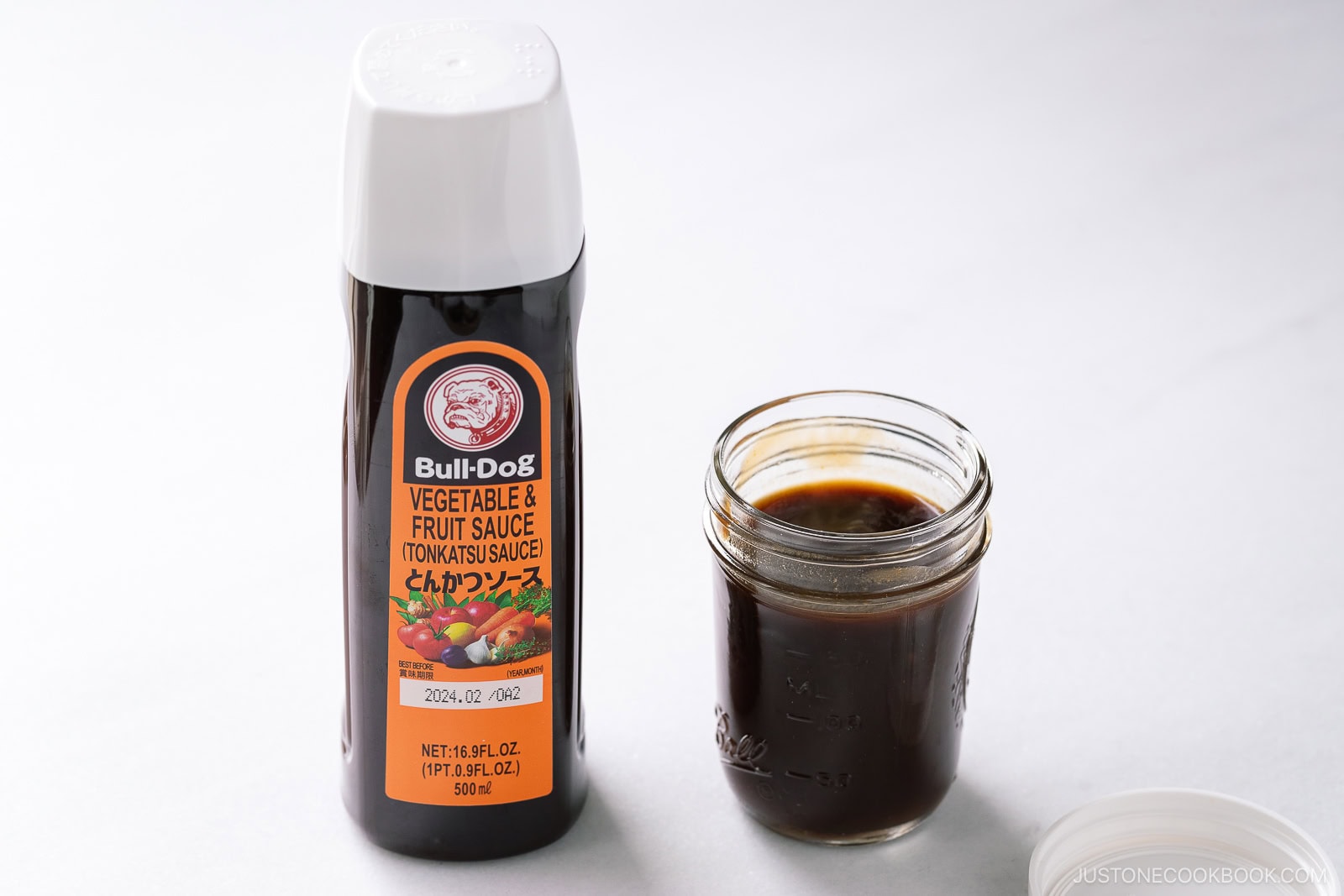Discover the secret to elevating your Japanese dishes with this Kaeshi recipe! This sweet and savory soy sauce-based seasoning has just 3 ingredients and is very easy to prepare but adds an authentic umami punch to many dishes. It can be used for flavor in dishes like soba noodles, nikujaga (beef and potatoes), and cold udon or as a base for various sauces and marinades like tempura dipping sauce and karaage fried chicken seasoning. Learn how to make this versatile condiment and take your home-cooked Japanese meals to the next level!

What is Kaeshi?
Kaeshi is a fundamental seasoning in Japanese cuisine. This concentrated mixture typically consists of soy sauce, mirin (sweet rice wine), and sugar, but some recipes may include sake too. The ingredients are combined and carefully simmered to create a rich, balanced blend of sweet and savory flavour. Kaeshi serves as a versatile base for various soups, dipping sauces, marinades, and noodle dishes like soba, udon, and somen. There are three types of kaeshi sauce which are each prepared in different ways to create either a strong or mellow soy sauce flavor. This recipe is for hon-kaeshi which has a more mellow flavour and is most commonly used.

Three Types of Kaeshi
There are three types: Hon-Kaeshi , Nama-Kaeshi, and Hannama-Kaeshi.
These are classified based on the different cooking methods and the tastes also vary.
Hon-Kaeshi
This is made by heating soy sauce, adding sugar and mirin, and boiling it to dissolve.
Because all the ingredients are heated and mixed, the sharp flavour of the soy sauce is removed and it becomes mellow, making it the most commonly used Kaeshi.
Nama-Kaeshi
This is made by dissolving sugar in water and making it into a syrupy texture, then adding soy sauce and mirin.
Because the soy sauce is not heated, it brings out the aroma and flavor of the soy sauce to its fullest.
Hannama-Kaeshi
This is made by heating a small amount of soy sauce, just enough to dissolve the sugar, then adding the remaining soy sauce and mirin.
It is a type of kaeshi between hon-kaeshi and nama-kaeshi, and is characterized by its mellow taste while retaining the aroma and taste of soy sauce.
Ingredients Required to Make Kaeshi
Kaeshi is made from a simple yet powerful combination of ingredients. Here’s a break down of each component and its role in creating this flavorful savoury-sweet sauce:
Soy Sauce (Shoyu)
This is the primary ingredient in kaeshi. It provides the deep, savory umami flavor and rich brown color. Use Japanese soy sauce like Kikkoman brand.
Mirin
Mirin is sweet rice wine which adds a subtle sweetness and glossy sheen to the kaeshi. It also helps to balance the saltiness of the soy sauce and contributes to the syrupy consistency.
Sugar
While mirin provides some sweetness, additional sugar is often added to achieve the perfect balance of flavors. It helps to mellow out the salty and umami notes from the soy sauce.
The ratio of soy sauce to sugar to mirin is usually = 5:1:1 in general. Use the same amount of sugar and mirin, and 5 times that amount of soy sauce. For example, 5 tbsp of soy sauce requires 1 tbsp of sugar and 1 tbsp of mirin.
The ratios of these ingredients can be adjusted to suit different recipes or personal preferences.
Step By Step Instructions for Hon-Kaeshi
Here’s a simple guide to making your own kaeshi at home:
- To evaporate the alcohol in the mirin, first place the mirin in a pot or deep pan and heat it over medium heat. When the boiling bubbles get bigger, the alcohol has evaporated.

- After lowering the heat, add the sugar and stir gently with a rice paddle to prevent it from clumping at the bottom of the pot.

- Once the sugar has dissolved, add the soy sauce.

- Remove the white scum and simmer over low heat for about 10 minutes. Be careful not to let it boil, as the flavor and aroma of the soy sauce will be lost.

- Cool down: Remove the saucepan from heat and let the kaeshi cool to room temperature.
- Store: Transfer the cooled kaeshi to a clean, airtight container. It can be stored in the refrigerator for up to a month. *Kaeshi can be used immediately after making, but the flavor will become mellower if you let it mature in the fridge for about 1 to 2 weeks.

Usage of Kaeshi
Kaeshi is a versatile seasoning that plays a crucial role in adding depth and umami to many Japanese dishes. It’s commonly used as a noodle soup base for hot udon, soba, and somen as well as a dipping sauce for cold noodles and tempura. For yakitori and other grilled dishes, it can be brushed on as a glaze or used as a dipping sauce too. In home cooking, kaeshi serves as a flavor enhancer for stir-fries, marinades, rice bowls, and soups. Its concentrated nature means a little goes a long way and makes it easy to adjust the intensity of flavors in a dish.
The Ratio of Kaeshi to Dashi for the Japanese Dishes
| Japanese Dishes | Kaeshi | Dashi |
| Clear Soup, Kanto Ozoni, Zosui | 1 | 9 |
| Soba broth | 1 | 8 |
| Ohitashi | 1 | 6 |
| Oden, Yaki Udon | 1 | 5 |
| Tenpura dipping sauce | 1 | 4 |
| Cold noodle dipping sauce, Donburi sauce | 1 | 3 |
| Hiyayakko(Chilled Tofu), Sukiyaki Warishita(Sauce) | 1 | 1 |
| Karaage marinade | 1 | 0 |
Proper storage of kaeshi is crucial to maintain its rich flavor and extend its shelf life. Here are some key points to remember when storing homemade kaeshi:
- Always allow the kaeshi to cool completely to room temperature before storing. This prevents condensation inside the container, which can dilute the sauce and potentially lead to spoilage.
- Use clean, airtight containers for storage. Glass jars or food-grade plastic containers work well, as they help prevent oxidation and maintain the kaeshi’s complex flavor profile. Make sure to label your container with the contents and the date it was made to keep track of freshness.
- Once cooled and stored in a container, put the kaeshi straight in the fridge. When stored properly in the refrigerator, kaeshi can last up to a month, but it’s best used within 2-3 weeks for optimal flavor.
- To avoid contamination, always use clean utensils when scooping out kaeshi. This helps prevent the introduction of bacteria that could shorten its shelf life.
- If you’ve made a large batch, try freezing portions of the kaeshi. Use ice cube trays or small freezer-safe containers for convenient portioning. Frozen kaeshi can last up to 3 months. When you’re ready to use it, thaw it in the refrigerator overnight rather than at room temperature to maintain food safety.
Q : What is the difference between Kaeshi and Mentsuyu ?
A : The difference is that mentsuyu contains dashi. It is actually a mixture of kaeshi and dashi; while kaeshi contains no dashi.
Kaeshi is a traditional Japanese sauce that's easy to make at home and can be used in many dishes.
Prep Time 5 minutes
Cook Time 10 minutes
Total Time 15 minutes
Servings: 1 Jar
- ▢ 150 ml soy Sauce *1
- ▢ 1¼ tbsp sugar *2
- ▢ 1 tbsp mirin
Place the mirin in a pot or deep pan and heat it over medium heat. When the boiling bubbles get bigger, the alcohol has evaporated.
Reduce the heat low, add the sugar and stir gently with a rice paddle to prevent it from clumping at the bottom of the pot.
Once the sugar has dissolved, add the soy sauce.
Remove the white scum and simmer over low heat for about 10 minutes. Be careful not to let it boil, as the flavor and aroma of the soy sauce will be lost.
Cool down: Remove the saucepan from heat and let the kaeshi cool to room temperature.
Transfer the cooled kaeshi to a clean, airtight container.
*1 Read the types of Soy Sauce in the complete guide to Soy sauce post.
*2 More precisely if you have a scale, weigh 15g of sugar.
Calories: 171kcal · Carbohydrates: 30g · Protein: 15g · Fat: 0.2g · Saturated Fat: 0.02g · Polyunsaturated Fat: 0.1g · Monounsaturated Fat: 0.03g · Sodium: 8347mg · Potassium: 312mg · Fiber: 1g · Sugar: 21g · Calcium: 30mg · Iron: 4mg
Course: condiments
Cuisine: Japanese
I want to see it! Tag @chopstickchronicles on social media!
The site and our mobile application may contain links to affiliate websites. We receive a small affiliate commission for any purchase made by you on the affiliate website using such links. Read our disclosure policy.











 English (US) ·
English (US) ·